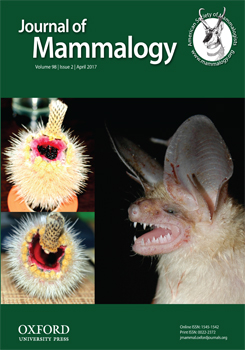Concerns about cumulative population-level effects of bat fatalities at wind facilities have led to mitigation strategies to reduce turbine-related bat mortality. Operational mitigation that limits operation may reduce fatalities but also limits energy production. We incorporated both temperature and wind speed into an operational mitigation design fine-tuned to conditions when bats are most active in order to improve economic efficiency of mitigation. We conducted a 2-year study at the Sheffield Wind Facility in Sheffield, Vermont. Activity of bats is highest when winds speeds are low (< 6.0 m/s) and, in our region, when temperatures are above 9.5°C. We tested for a reduction in bat mortality when cut-in speed at treatment turbines was raised from 4.0 to 6.0 m/s whenever nightly wind speeds were < 6.0 m/s and temperatures were > 9.5°C. Mortalities at fully operational turbines were 1.52–4.45 times higher than at treatment turbines. During late spring and early fall, when overnight temperatures generally fell below 9.5°C, incorporating temperature into the operational mitigation design decreased energy losses by 18%. Energy lost from implementation of our design was < 3% for the study season and approximately 1% for the entire year. We recommend that operational mitigation be implemented during high-risk periods to minimize bat fatalities and reduce the probability of long-term population-level effects on bats.
BioOne.org will be down briefly for maintenance on 17 December 2024 between 18:00-22:00 Pacific Time US. We apologize for any inconvenience.
How to translate text using browser tools
10 March 2017
Reducing bat fatalities at wind facilities while improving the economic efficiency of operational mitigation
Colleen M. Martin,
Edward B. Arnett,
Richard D. Stevens,
Mark C. Wallace
ACCESS THE FULL ARTICLE

Journal of Mammalogy
Vol. 98 • No. 2
April 2017
Vol. 98 • No. 2
April 2017




